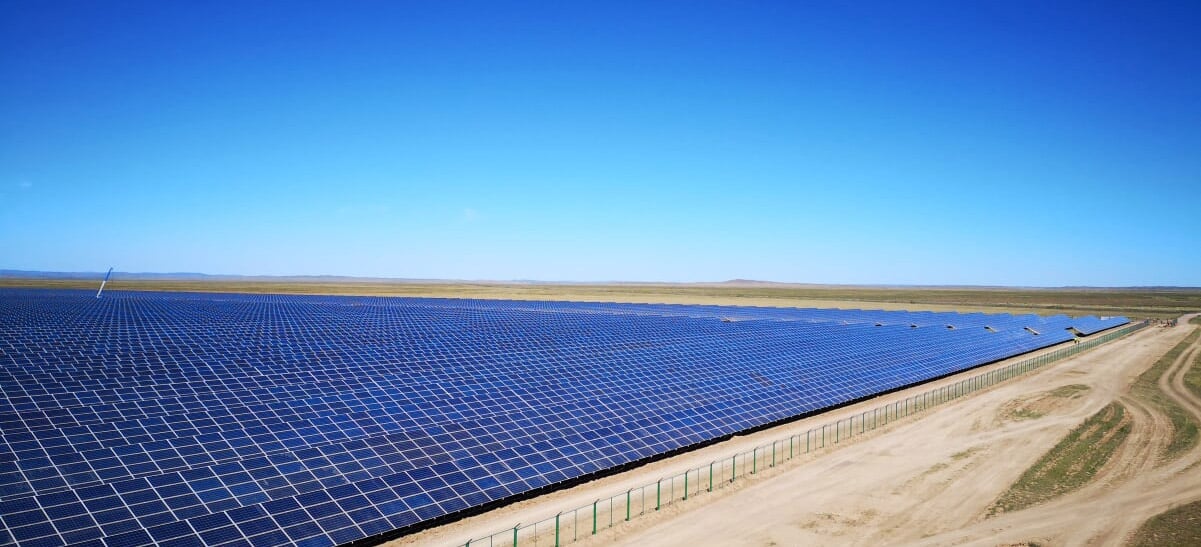
A significant decline in oil prices is currently being witnessed, with oil prices falling more than 4% due to weak Chinese export data and concerns about ‘demand destruction’. Oil futures have remained volatile, with daily price moves of more than 2% in either direction becoming increasingly common. The market seems more focused on demand destruction than escalating war tensions. Despite voluntary curbs from Russia and Saudi Arabia, recent data shows a four-month high in exports coming out of Russia, suggesting some discrepancies in the reported figures.
The concept of ‘peak oil’—the point at which global oil production reaches its maximum rate before entering terminal decline—has been a topic of intense debate for decades. With the recent downturn in oil prices and a reported decline in demand, the question arises: has the peak already been reached, or is the market witnessing a temporary slump?
- Oil prices falling due to weak Chinese data and ‘demand destruction’ concerns, not supply issues, indicating a structural shift.
- Factors like higher US stocks, forecasts of lower oil consumption, and electric vehicle adoption signal declining oil demand.
- Peak oil may be approaching as demand shifts to renewables, though outlook uncertain amidst complex geopolitical dynamics.
Analysing the recent oil price decline
Recent figures have shown a noticeable downturn in oil prices, with West Texas Intermediate and Brent crude futures experiencing significant drops. This trend, attributed to a variety of factors including weak Chinese export data, has led to speculation about the fundamental shifts in the energy market. The growing focus on ‘demand destruction’—a term used to describe the long-term decrease in demand for a product due to systemic changes in the market or consumer behaviour—has played a crucial role in this decline. The concept is particularly relevant as the world increasingly turns to green energy sources.
Supply and demand dynamics
While geopolitical tensions can often lead to price spikes due to concerns about supply disruption, the recent market behaviour highlights a different picture. The stabilisation of supply, even amidst conflict in the Middle East, and the reports of higher than stated Russian oil exports indicate a shift from supply-side to demand-side anxieties. This shift is further substantiated by the significant increase in US crude oil stocks, suggesting that supply is outpacing demand.
Various economic indicators, such as the revised forecast by the US Energy Information Administration expecting a fall in total petroleum consumption and a decrease in crude oil production, support the narrative of a demand-side shift. Furthermore, the International Energy Agency (IEA) has cut its projection for 2050 oil demand by 2.4 million barrels per day, citing the faster adoption of electric vehicles as a primary reason. As the world moves toward a greener future, with electric vehicles and renewable energy sources gaining ground, the traditional oil market is confronting unprecedented challenges.
Is peak oil a reality?
Peak oil is no longer just a theoretical concept but a potential reality that the market might be approaching, if not already experiencing. The IEA has forecasted that demand for fossil fuels will peak before 2030, driven by the accelerating shift to clean energy. This is echoed by Bloomberg‘s analysis, suggesting that the structural decline in oil demand is not synonymous with a decline in the global economy, thanks to viable substitutes like renewable energy.

Market responses to these trends are varied. On one hand, OPEC remains optimistic about the global economy’s growth prospects and its ability to drive fuel demand despite economic challenges. On the other hand, the IEA warns of the potential for shortages, particularly in middle distillate markets, as the Northern Hemisphere heads into winter. The IEA also highlights the economic and environmental risks of new oil and gas projects and emphasises the need for international cooperation to accelerate clean energy transitions.

Geopolitical risks, such as the conflict between Israel and Hamas, add layers of complexity to the market. However, the absence of a direct impact on physical oil supply from these tensions indicates that the primary driver of current market changes is rooted in the shift towards sustainability, rather than short-term political fluctuations.








